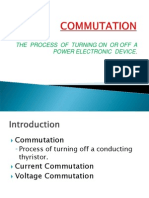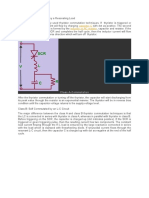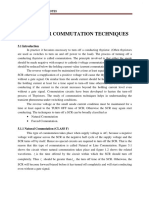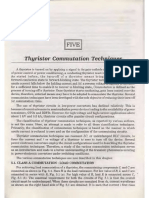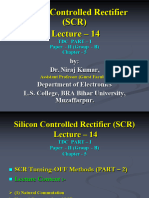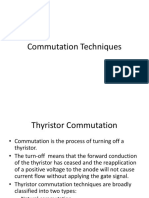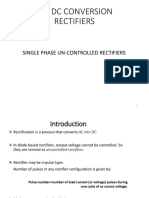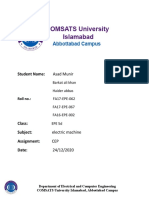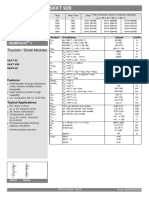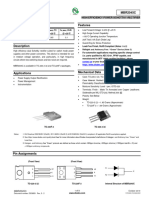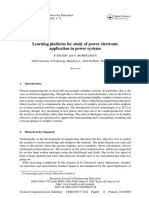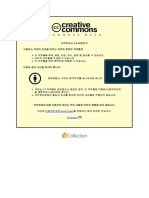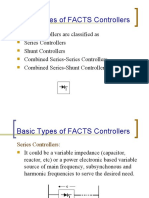0% found this document useful (0 votes)
57 views11 pagesPractical Commutation Circuit1
This tutorial covers SCR Turn OFF methods, specifically focusing on Forced Commutation techniques, which are necessary in DC circuits where natural current zero does not occur. It details various classes of Forced Commutation, including Class A, B, C, D, and E, each with distinct configurations and applications. The document also provides practical circuit diagrams for each class to illustrate their implementation.
Uploaded by
myselfsoumyajyotiCopyright
© © All Rights Reserved
We take content rights seriously. If you suspect this is your content, claim it here.
Available Formats
Download as PDF, TXT or read online on Scribd
0% found this document useful (0 votes)
57 views11 pagesPractical Commutation Circuit1
This tutorial covers SCR Turn OFF methods, specifically focusing on Forced Commutation techniques, which are necessary in DC circuits where natural current zero does not occur. It details various classes of Forced Commutation, including Class A, B, C, D, and E, each with distinct configurations and applications. The document also provides practical circuit diagrams for each class to illustrate their implementation.
Uploaded by
myselfsoumyajyotiCopyright
© © All Rights Reserved
We take content rights seriously. If you suspect this is your content, claim it here.
Available Formats
Download as PDF, TXT or read online on Scribd
/ 11
















